We measure thoroughly and accurately
Staking out/restoring the boundary
Boundary marking is a geodetic procedure that physically marks the boundary between two or more cadastral parcels on the ground, based on data from official cadastral documentation or agreement between the parties.
Staking out the boundary allows land owners to know exactly where their real boundaries are and, if they wish, to mark them visibly in space (with stakes, markers, fence).
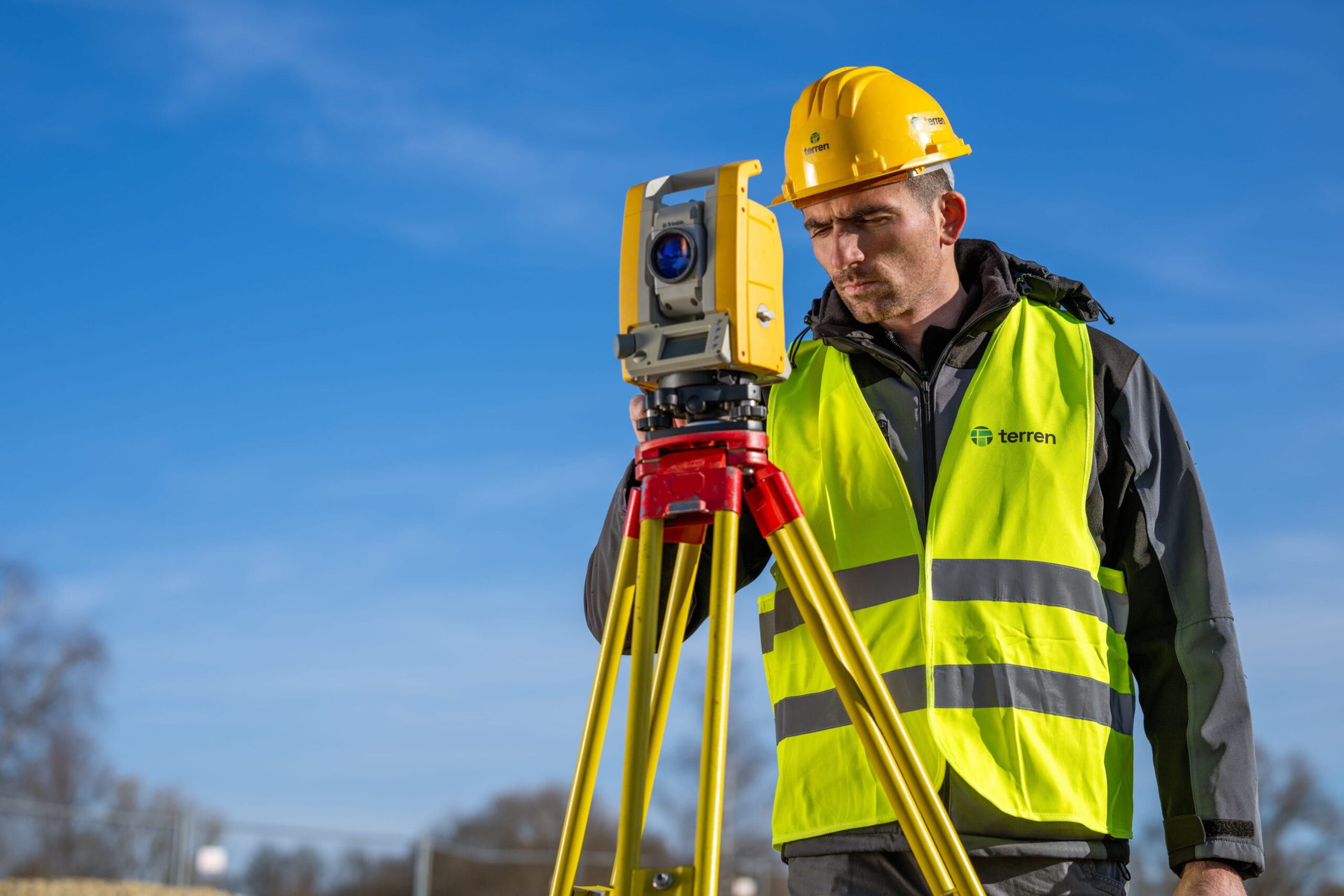
In addition to rights, ownership of real estate also brings some obligations. The owner of a property or land is expected to know where the boundaries of his plot are. If he does not know, he can ask a geodetic expert to show on the ground where the border lines of his parcel pass.
Boundary staking or boundary restoration is the process of transferring the position of boundary lines based on cadastral data or data collected in the field. It is necessary to involve the holders of rights to neighboring plots in this process.
Staking out is important when selling or buying land because of frequent cases in which a buyer purchases land of a certain square footage, and after surveying it is found that the situation on the ground is completely different.
In the process of negotiating the purchase, it is important to ask the seller to show the boundaries and, if possible, to mark them with permanent signs, and then involve a surveyor to check whether the shown boundaries match the cadastral records when it comes to the shape and surface area of the plot.
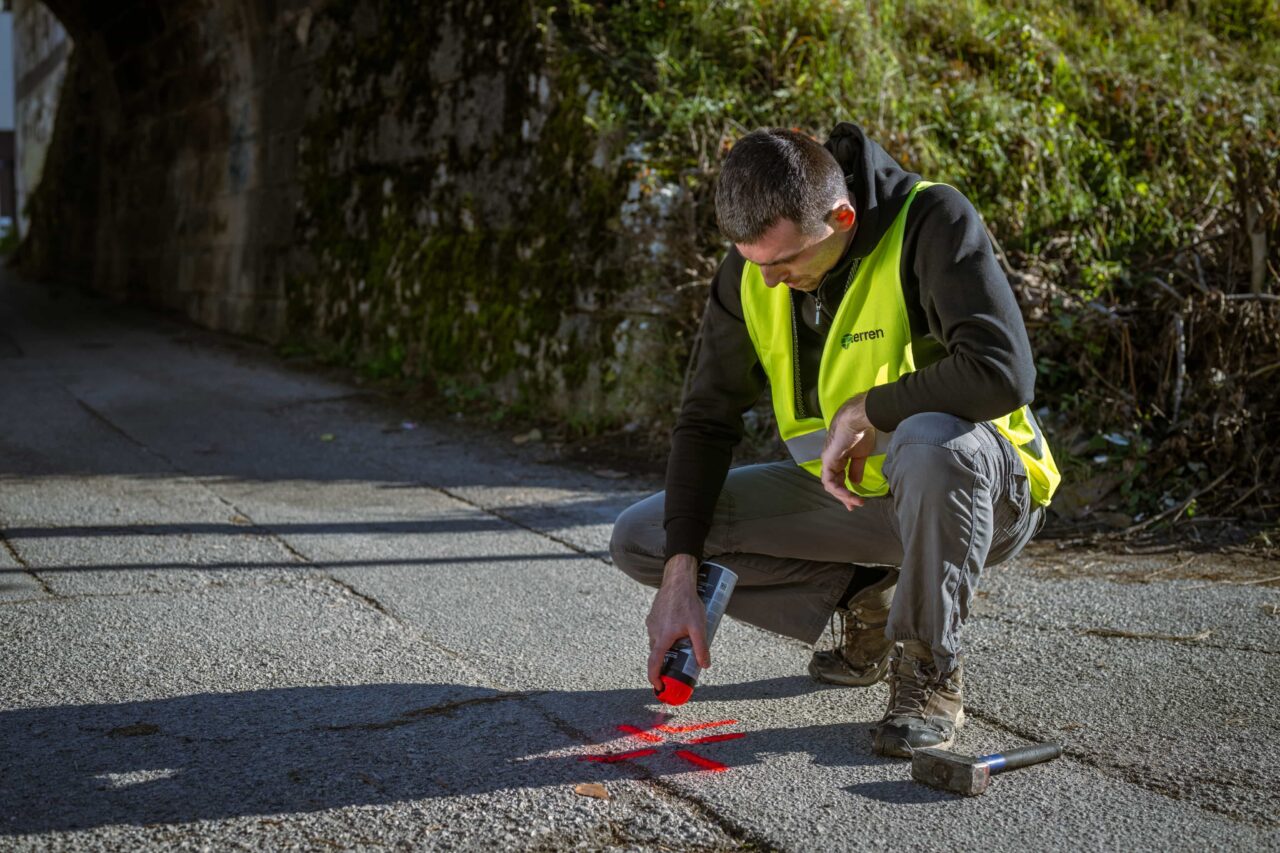
Testimonials
Customer satisfaction is our top priority.
Based on focused and dedicated work within set deadlines.
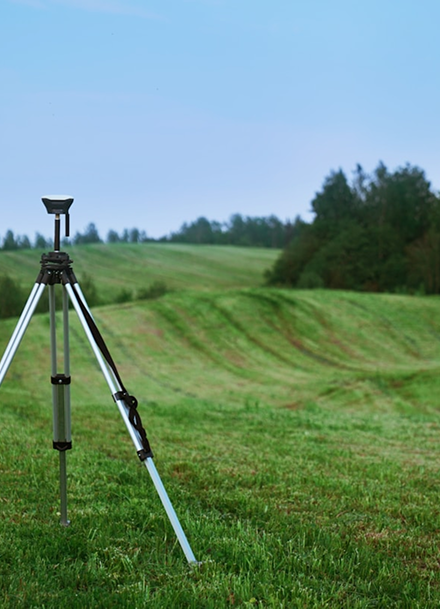
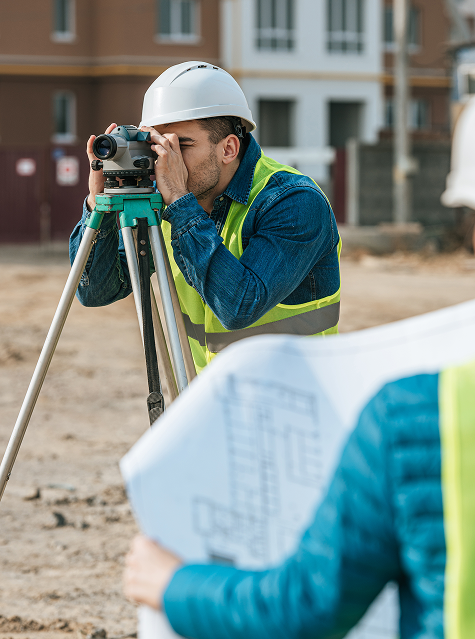
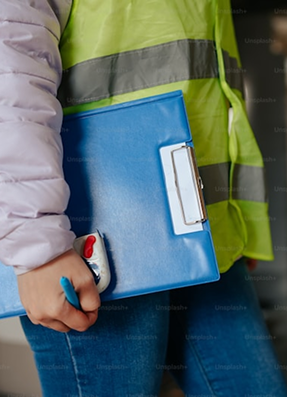
FAQ
How much does it cost to mark out a boundary?
When planning to request the services of a surveyor, the basic information you need to prepare is the cadastral plot number and the name of the cadastral municipality or the address of the building (if there is a building on the plot). Based on the information about the plot and the boundaries that need to be marked out, the surveyor will be able to tell you what the price of the service will be.
When is it necessary to set boundaries?
when building an object near the boundary of a parcel, when arranging or fencing land , in the case of buying and selling land , etc.
What is boundary regulation?
the data in the cadastre is not precise enough,
boundaries on the ground are not clearly visible,
There is a dispute between the owners of neighboring plots.
Border regulation can be carried out:
– by agreement (if all parties agree on the border),
– judicial-extrajudicial , if a dispute arises that requires resolution through the land registry department or the competent court.
Why is it important to regulate and demarcate the border?
Precision in construction – Ensures that all facilities are built within their own land and in accordance with the project.
Land Value – Properly defined boundaries increase the legal and market value of a property.
Consensual dispute resolution – Allows for peaceful resolution of problems between neighbors without legal proceedings.
What does the process of marking out and arranging a boundary look like?
– Extract from the land registry, title deed, copy of the cadastral plan.
Geodetic survey
– A certified surveyor goes out into the field, analyzes the existing condition and conducts a survey.
Staking out the boundary
– Based on official data or agreements between the parties, markers (stakes, metal nails, stones) are placed on the ground to physically mark the border.
Preparation of minutes or reports
– The procedure for staking out or arranging the border is documented. If it is a matter of border arrangement, a special elaboration of the border arrangement is drawn up and submitted for certification to the cadastre.
Verification and registration in the cadastre and land register
– In the case of border changes, the data is harmonized with the cadastral and land registry records.



